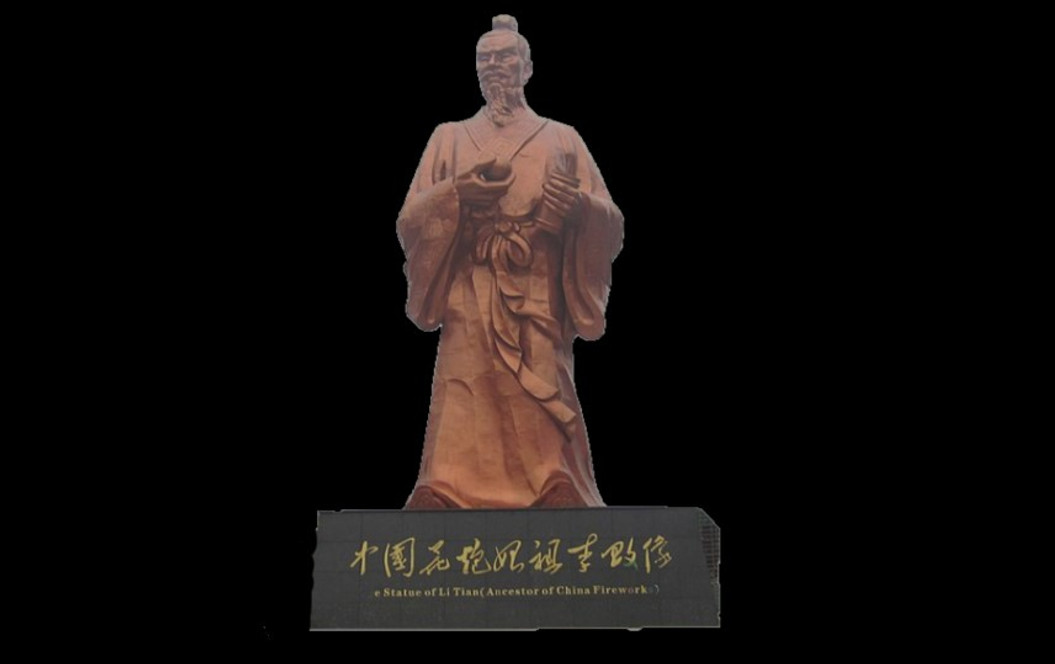History of Fireworks
To trace the origins of fireworks, we must travel back in time to ancient China. It is widely believed that the Chinese were the inventors of fireworks, and their discovery can be attributed to a serendipitous accident. Legend has it that around 2,000 years ago, a Chinese monk accidentally mixed together sulfur, charcoal, and saltpeter—a combination that created an explosive mixture. When this mixture was confined within a bamboo tube and set on fire, it resulted in a loud bang and a burst of colorful sparks, giving birth to the earliest form of fireworks.
Initially, fireworks were used in ancient China for practical purposes rather than for entertainment. The Chinese believed that the loud bangs and bright lights could ward off evil spirits and bring good luck. Over time, fireworks evolved from simple firecrackers to more elaborate pyrotechnic displays.
The knowledge of fireworks gradually spread from China to other parts of the world through trade routes and cultural exchanges. Arab traders, for example, introduced fireworks to Europe during the Middle Ages. Europeans quickly recognized the visual and auditory spectacle of fireworks and began incorporating them into their festivities and celebrations.
Fireworks became an integral part of European royal events and grand celebrations, with displays becoming increasingly elaborate and extravagant. The Italians, renowned for their creativity and artistry, played a crucial role in developing the aesthetics and design of fireworks, transforming them into intricate displays of beauty and harmony.
The art of pyrotechnics continued to evolve over time, driven by advancements in chemistry and technology. In the 19th century, Italian and English pyrotechnicians made significant breakthroughs, developing more vibrant colors and new effects. They introduced shaped charges, which allowed for the creation of specific patterns and designs in the night sky.
In the 20th century, fireworks progressed even further with the invention of electric ignition systems, which made it possible to synchronize displays with music and choreograph elaborate shows. Fireworks competitions became popular, showcasing the skills of pyrotechnicians from around the world.
Contemporary fireworks are a testament to human ingenuity and creativity. They incorporate a wide range of effects, including aerial shells, cascades, comets, mines, and more, all designed to dazzle and captivate audiences. Fireworks have transcended cultural boundaries and have become an integral part of celebrations worldwide, from New Year's Eve extravaganzas to national holidays and cultural festivals.
The History of Fireworks in the United States
Early Colonial Period: Fireworks were introduced to the American colonies by European settlers, particularly the English and Dutch. Early colonial celebrations often included the use of fireworks to mark special occasions, such as religious festivals and political events.
Independence Day: The association between fireworks and Independence Day in the United States can be traced to the country's founding. On July 4, 1776, the Continental Congress declared independence from Great Britain, and the adoption of the Declaration of Independence was celebrated with fireworks displays, public gatherings, and other festivities.
The 19th Century: Fireworks continued to be a popular form of entertainment throughout the 19th century. They were commonly used to commemorate important national events, such as the centennial celebration of American independence in 1876.
Fireworks Industry: The fireworks industry in the United States began to grow in the late 19th century. Manufacturers like the Standard Fireworks Company and the American Fireworks Company played a significant role in producing and distributing fireworks for public displays and consumer use.
Regulation and Safety: As the popularity of fireworks increased, concerns regarding safety and accidents led to the introduction of regulations. In the early 20th century, some states and municipalities started implementing laws to regulate the sale, possession, and use of fireworks to ensure public safety.
Professional Displays: Professional fireworks displays became a prominent feature of major celebrations, such as Independence Day, New Year's Eve, and other festive occasions. These displays are often organized and executed by licensed pyrotechnic professionals who adhere to strict safety standards.
Consumer Fireworks: Consumer fireworks, including sparklers, firecrackers, and other small fireworks, became popular for private use during holidays and special events. The availability and legal regulations regarding consumer fireworks vary from state to state, with some states allowing more extensive use than others.
Modern Fireworks: Today, fireworks are an integral part of various celebrations throughout the United States. Major events like Independence Day, New Year's Eve, sporting events, and cultural festivals often feature impressive fireworks displays that continue to captivate audiences with their brilliant colors and explosive effects.
Throughout their history, fireworks have symbolized joy, celebration, and national pride in the United States. They have become deeply ingrained in the country's cultural traditions, particularly during significant occasions that commemorate the nation's independence and unity.
There is some history for all of you pyros!
Fun Fact
Here are the chemicals that produce the vibrant colors you enjoy every Independence Day.
Strontium Salts:
Strontium carbonate or strontium nitrate: Deep red color
Strontium chloride: Bright red color
Barium Salts:
Barium chloride: Green color
Barium nitrate: Pale green color
Copper Compounds:
Copper chloride: Blue color
Copper carbonate: Blue or green color (depending on other components)
Sodium Compounds:
Sodium nitrate: Yellow color
Sodium oxalate: Yellow color
Calcium Compounds:
Calcium chloride: Orange color
Calcium sulfide: Orange color
Potassium Compounds:
Potassium nitrate: Purple color
Potassium chloride: Purple color
Strontium and Copper Combination:
Strontium and copper compounds together can create purple colors.
Aluminum Powder: Aluminum powder is used as a fuel in fireworks and produces a bright white or silver color.
It's important to note that the exact formulations and combinations of chemicals can vary depending on the desired color and specific firework effects. Pyrotechnic experts carefully design and control the chemical compositions to achieve the desired colors, patterns, and visual effects in fireworks displays.

